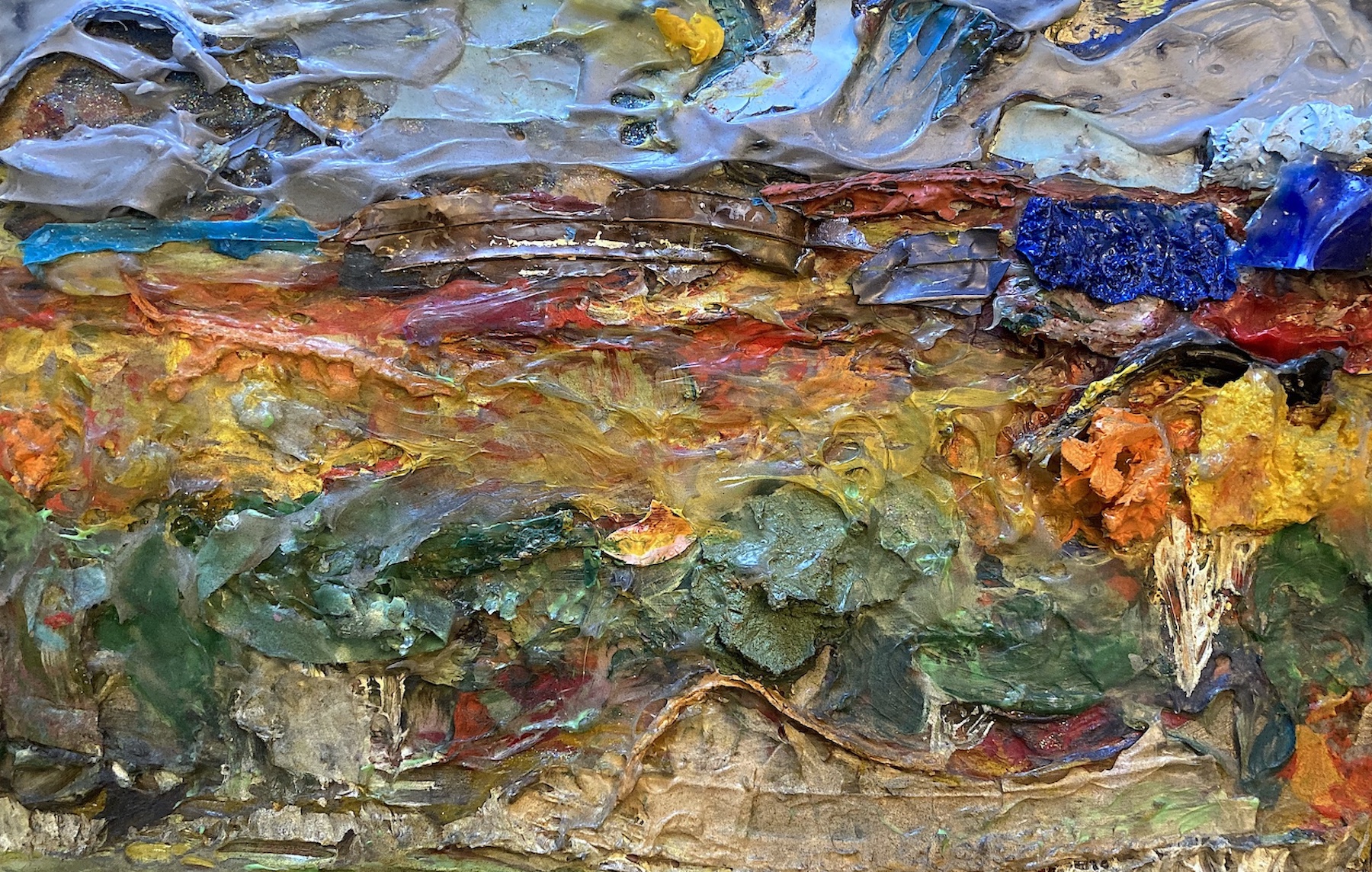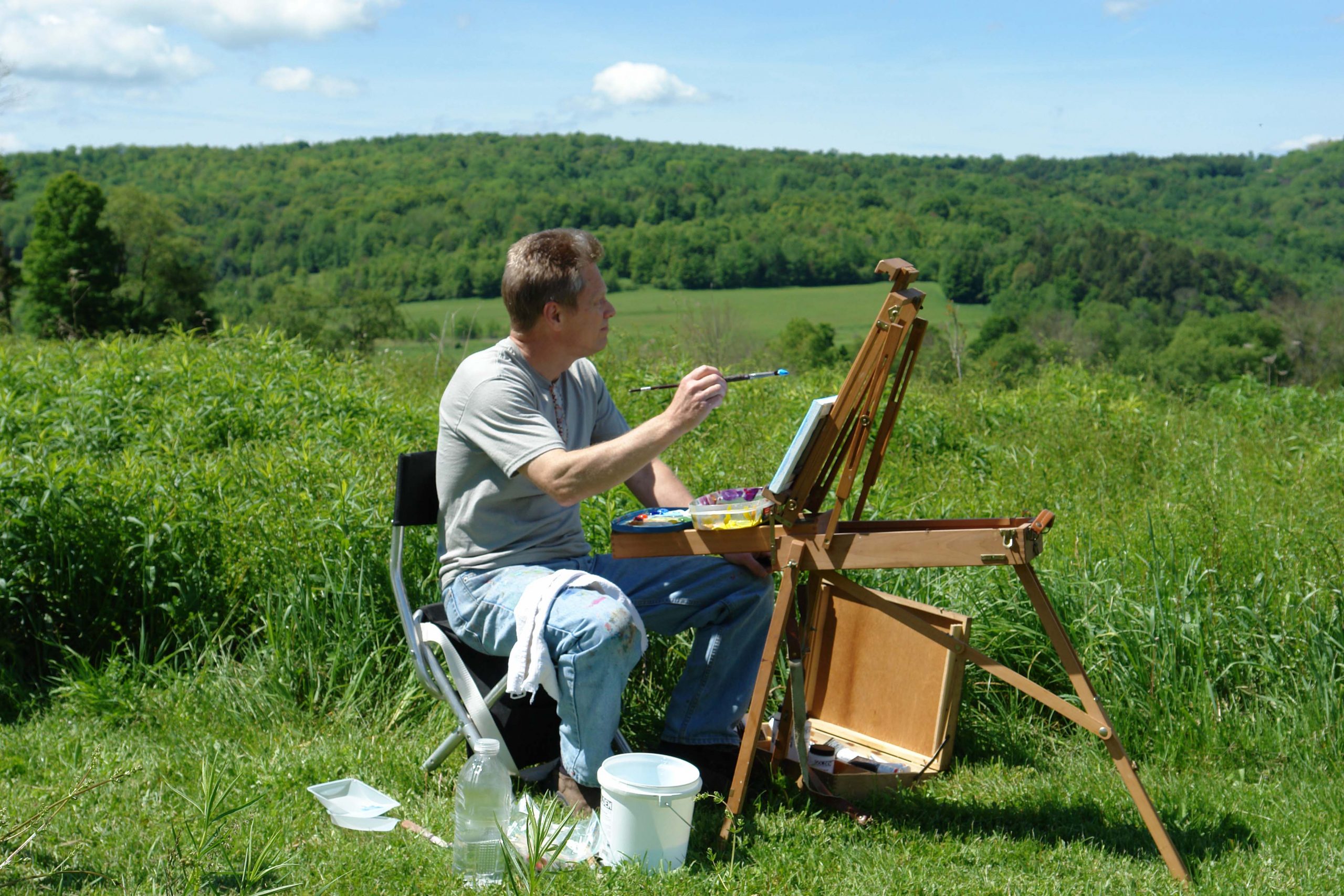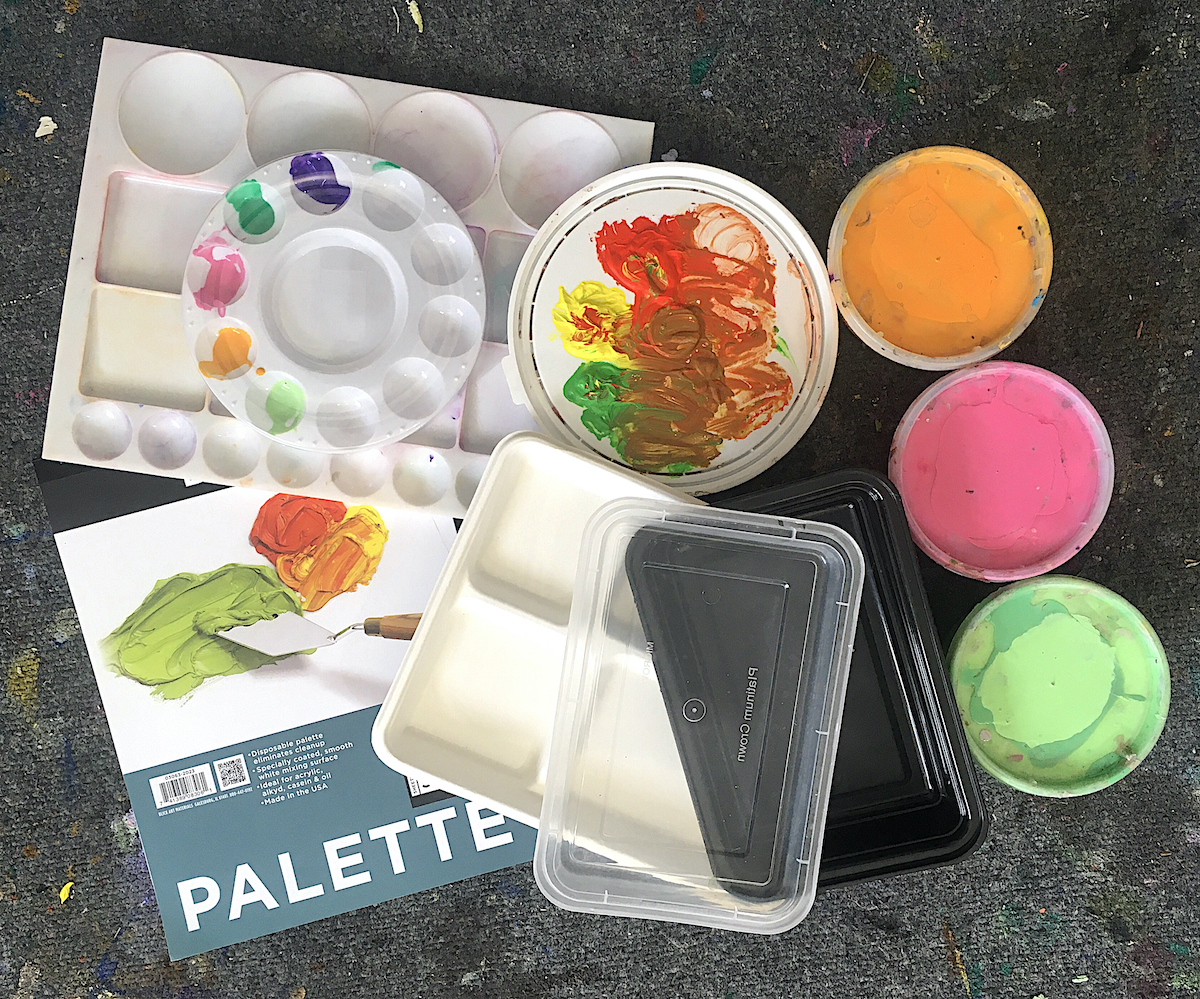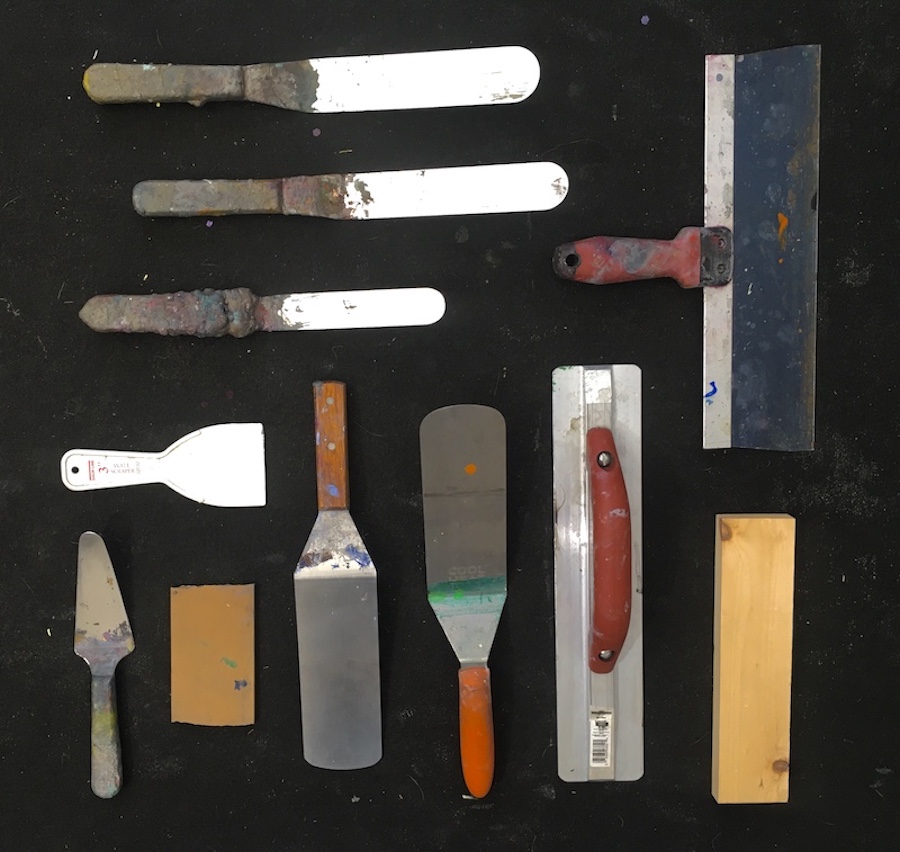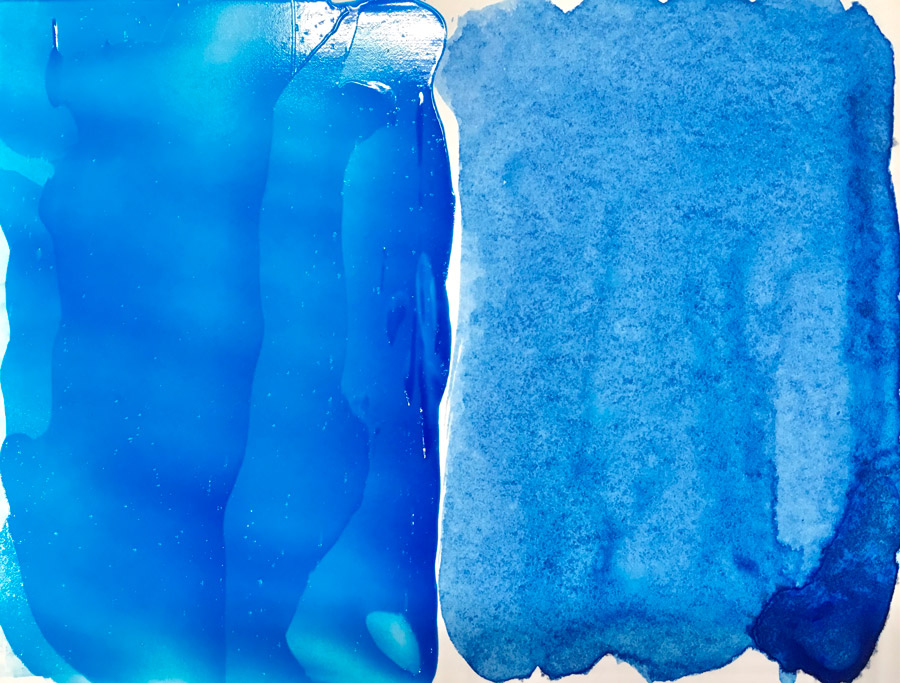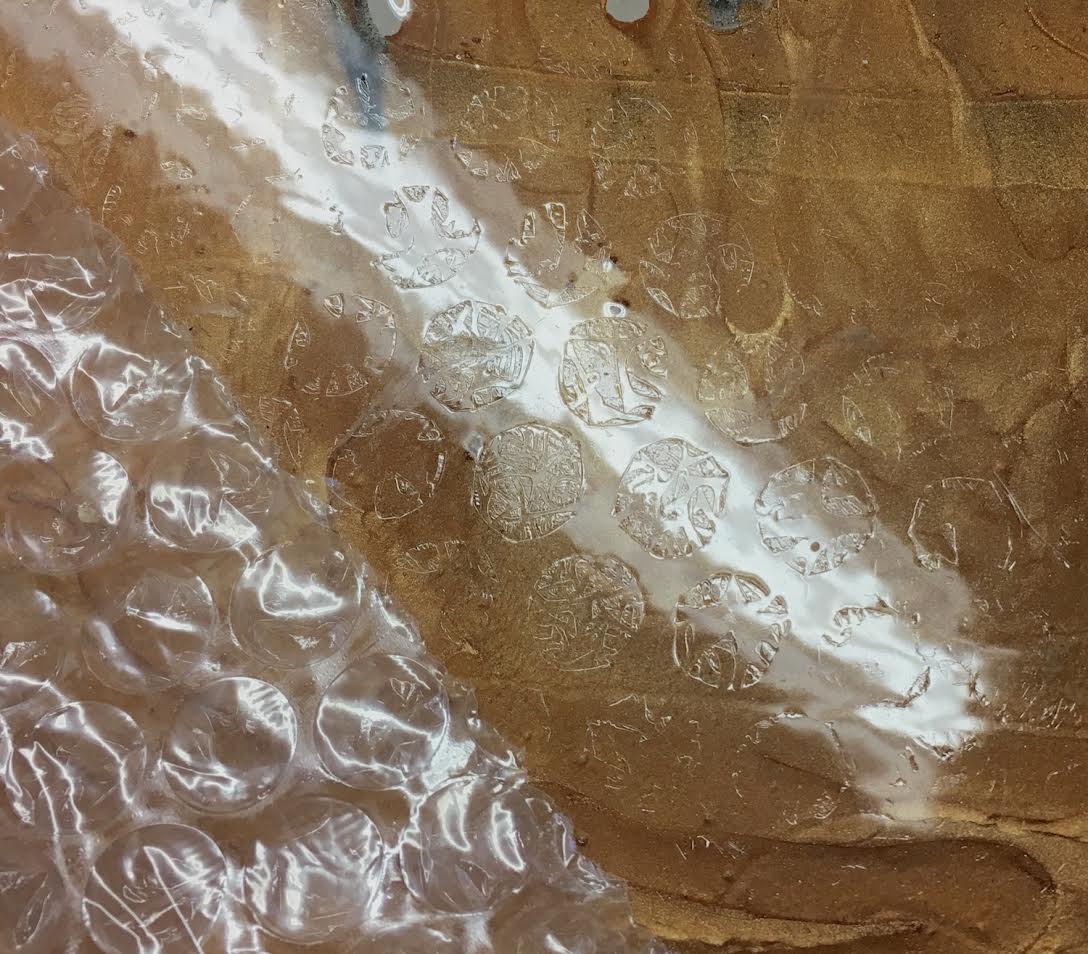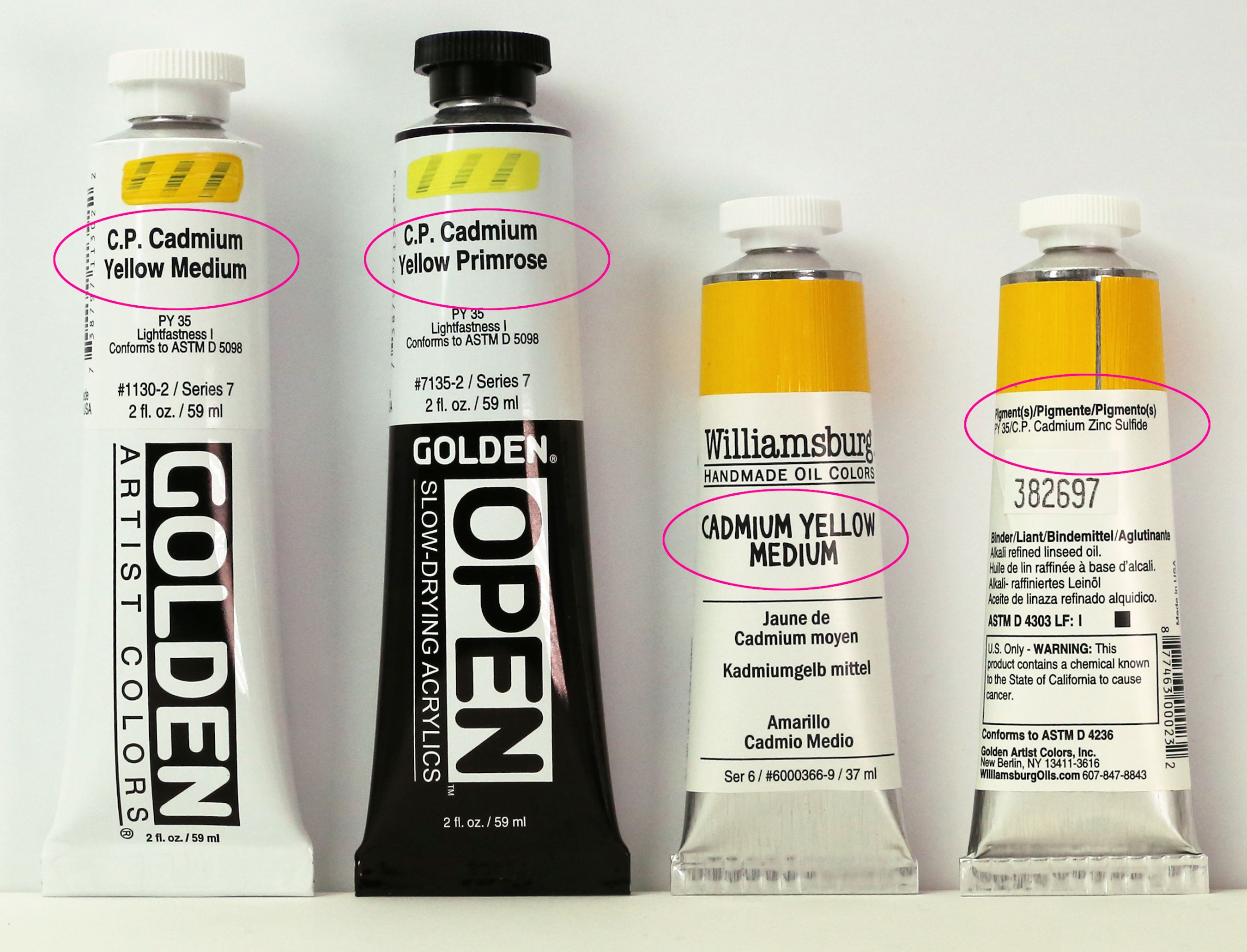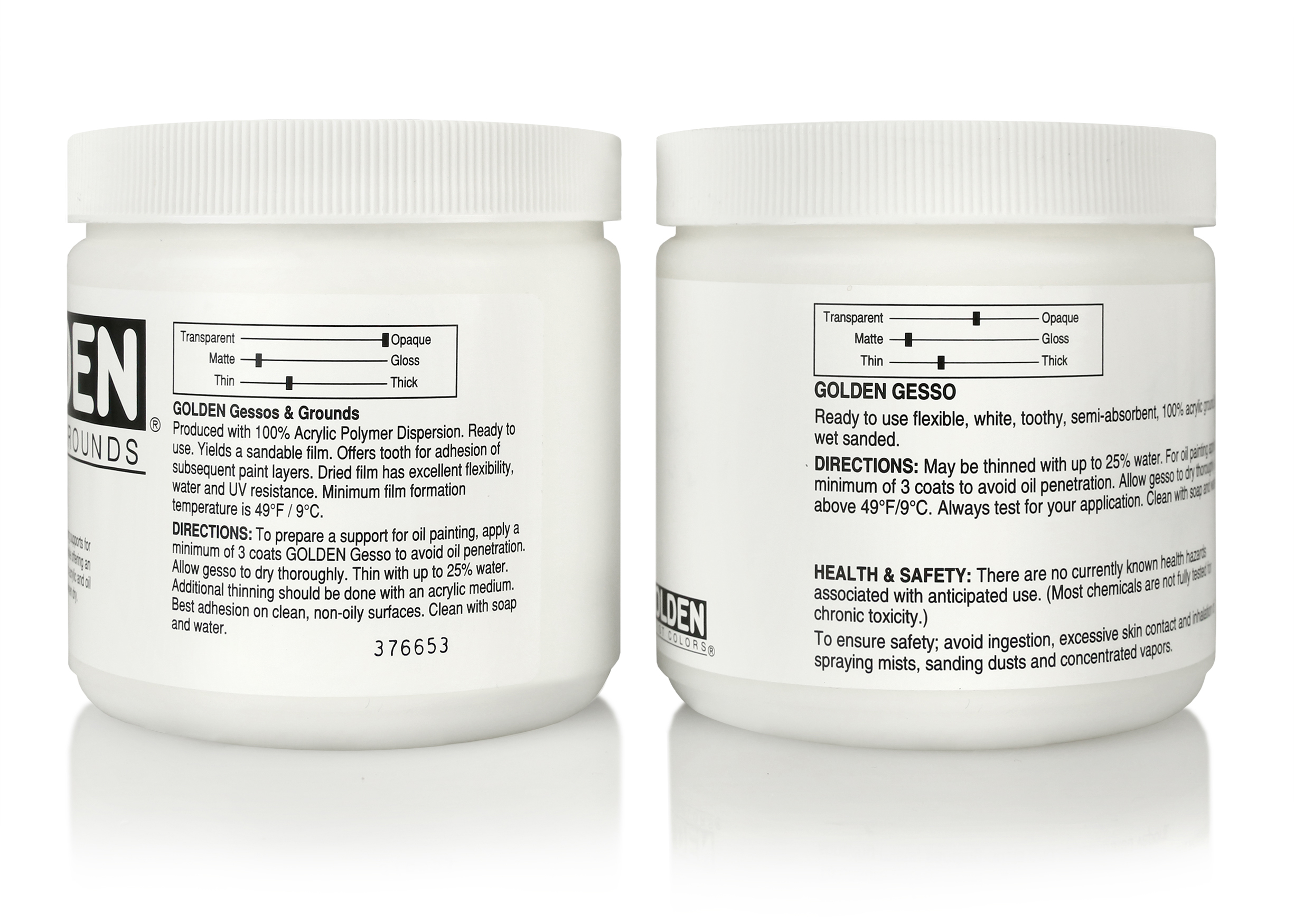As painters, we love the myriad ways we can apply paint and move it around on a surface. Inspiration can happen most often in the action and immediacy of using the materials. The history of painting shows us a large range of ways paint can be applied and manipulated to create many different kinds of … Read more
Home>Uncategorized > Super Textural Painting with Acrylic
About Scott Bennett
View all posts by Scott Bennett --> Archive |  Scott Bennett
Scott Bennett
The life of memories, consciousness and experience in time and space has been shown by our newest physics to be pretty quirky and much stranger than we could ever imagine. It’s looking closer to how the Tralfamadorians in Kurt Vonneguts novels experience things. They experience the past, present and future simultaneously and so their standard … Read more
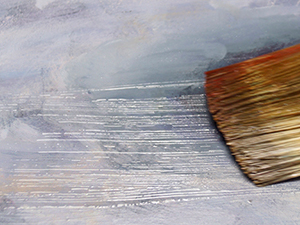
This is a common question that we field here in the Materials & Applications Specialists department. The answers are varied and depend a lot on the specific application, performance requirements, and placement or location of the artwork or object. But, before any discussion can begin, we need to define what we mean by the term … Read more
Introduction Typical regular drying waterborne acrylic paints tend to dry quickly and when painting outdoors with wind, sun and warm temperatures they will dry even faster. This can make painting outdoors much more challenging with acrylics unless you are working very fast with “one shot” paintings. Our OPEN Acrylics can be a very effective solution … Read more
INTRODUCTION Typical waterborne acrylic paints and mediums dry relatively quickly due to the evaporation of water and some other volatile components. Traditional uncovered palette systems only work well with acrylics if you are working very quickly because of this fast dry time. Our very slow-drying OPEN Acrylics are an exception, but for the purpose of … Read more
Editor’s Note: Added April 26, 2022 For some time, our recommendation for artists using oils over acrylic has been to work over harder, matte acrylic surfaces and avoid working on softer gels and gloss products. Our intention was to optimize the level of adhesion that would be achieved on a toothier surface as well as … Read more
As acrylic painters we thin our paints with water to lower viscosity and make thin washes. Many of us also use mediums to alter consistency and viscosity and make translucent glazes. But, it is not always obvious how and when to use these mixtures, or how versatile they can be. Acrylics’ natural versatility allows for … Read more
Rolling acrylic paintings for storage and shipping is a fairly common practice, and many painters have likely rolled, un-rolled, and re-rolled their own paintings with some success. However, while we know it can be done, it is still not our best recommendation. There are definite risks to be aware of, such as the imprinting or … Read more
You may have noticed the letters “C.P.” preceding the names of our GOLDEN Acrylic Cadmium colors, or come across “(CC)” as part of the cadmium pigment listing found on the back of labels and in pigment ID charts. And…you may have wondered what they mean. This has been a common question over the years and so … Read more
You might have recently noticed that we updated our labels for Grounds, Mediums and Gels to aim for better clarity, accuracy and simplicity. While reviewing the labels, we decided to both standardize the descriptions of all of these products and double check the accuracy of the sliders which help convey opacity, sheen and thickness. In … Read more

